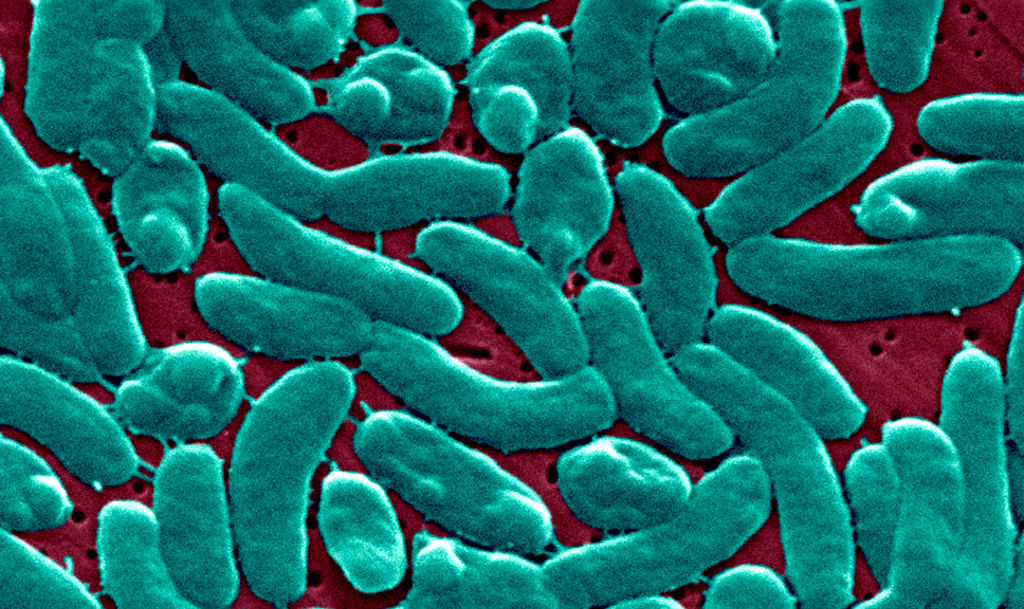At least eight people along the Gulf Coast have died and 22 others have been infected in what local health officials are warning is a rise in cases involving “flesh-eating” bacteria.
The Louisiana Department of Health issued an alert last week saying that there had been 17 cases of Vibrio vulnificus in the state so far this year. All of those patients were hospitalized, and four died.
“This represents a higher number of Vibrio vulnificus cases and deaths than are typically reported,” the department said. “During the same time period over the previous 10 years, an average of seven Vibrio vulnificus cases and one death were reported each year.”
Meanwhile, health officials in Florida have reported 13 cases this year, as of July 24. Four of those cases have resulted in death.
Public health experts have generally attributed the rise in cases to climate change.
Here’s what to know about the bacteria.
What is Vibrio vulnificus?
Vibrio vulnificus is a type of Vibrio bacteria, many species of which can cause an infection known as vibriosis. Vibrio vulnificus bacteria “cause the most serious forms of vibriosis,” according to the Cleveland Clinic.
Infections can lead to painful blisters, fever, internal bleeding, organ damage, sepsis, and even death, the clinic said. Vibrio vulnificus can also cause necrotizing fasciitis, which is “a severe infection in which the flesh around an open wound dies,” according to the U.S. Centers for Disease Control and Prevention (CDC). While Vibrio vulnificus is often referred to as “flesh-eating bacteria,” the CDC said that many public health experts don’t consider it to be the most common cause of necrotizing fasciitis in the country.
Read More: Be Careful Where You Swim This Summer
How common are infections?
Vibrio vulnificus infections are rare. According to the Cleveland Clinic, there are only about 100 to 200 confirmed cases in the country each year.
Infections caused by other types of Vibrio bacteria are more common than Vibrio vulnificus. There are about 80,000 vibriosis cases across the country every year, according to the CDC, about 52,000 of which are caused by eating food contaminated with Vibrio bacteria.
How is the bacteria transmitted, and how can you protect yourself?
Vibrio bacteria typically live in salt water and brackish water, which is a combination of salt water and fresh water, according to the CDC.
People can become infected with Vibrio vulnificus from eating raw shellfish, typically oysters, according to the Cleveland Clinic. The bacteria can also infect people who are exposed to seawater or brackish water, via a wound or break in their skin. Most cases occur during the summer, between May and October, when the water is typically warmer.
The Cleveland Clinic advises people to reduce their risk of getting infected by avoiding eating raw or undercooked shellfish, washing their hands after preparing or touching raw shellfish, and avoiding contact with seawater and brackish water if they have a wound or new piercing or tattoo, among other measures.
Both the Louisiana and Florida Departments of Health warned people with health conditions that put them at increased risk—such as chronic liver disease, kidney disease, or other conditions that compromise their immune systems—to take extra care around the coast. Those individuals “should wear proper foot protection to prevent cuts and injury caused by rocks and shells on the beach,” the Florida health department advised.

